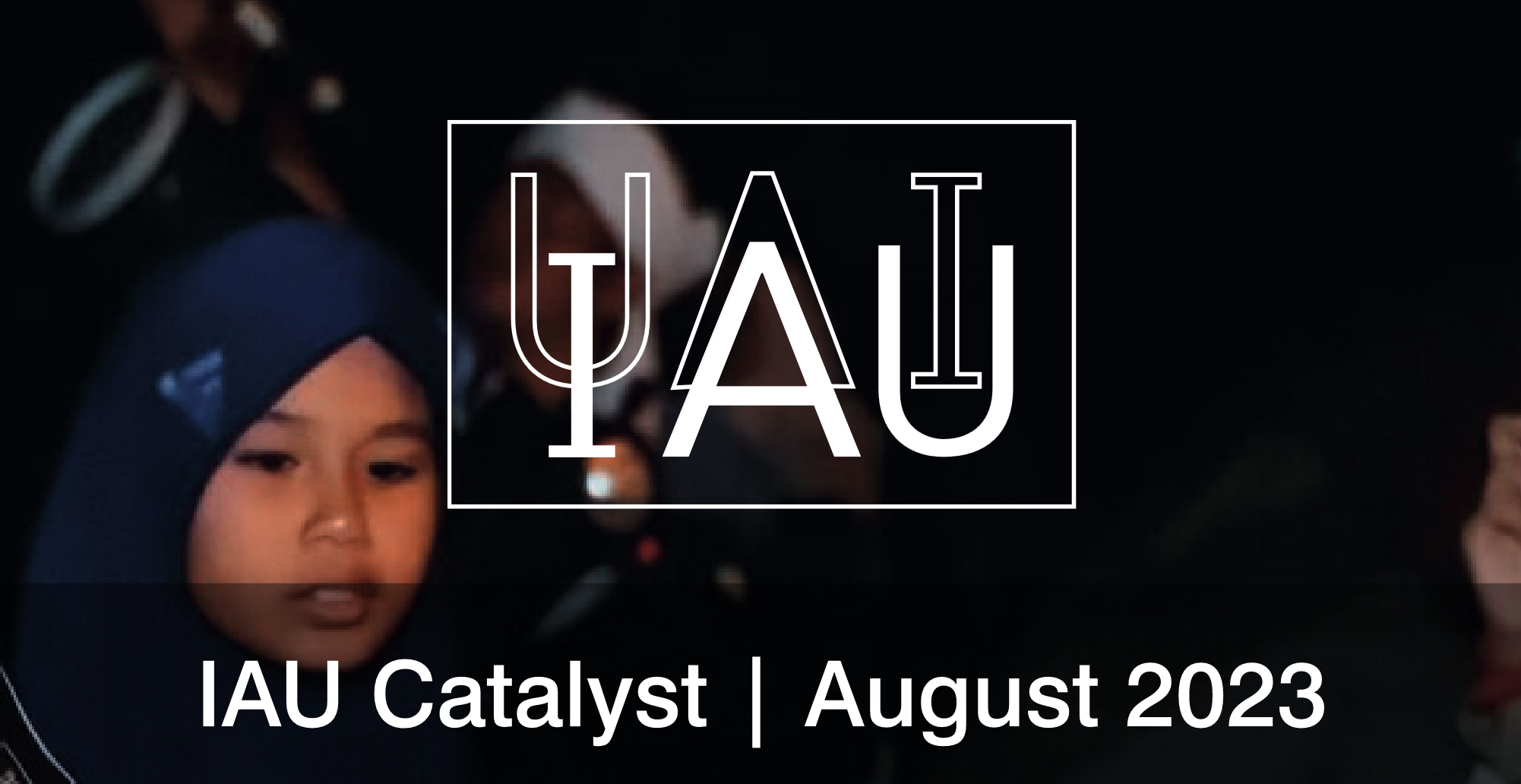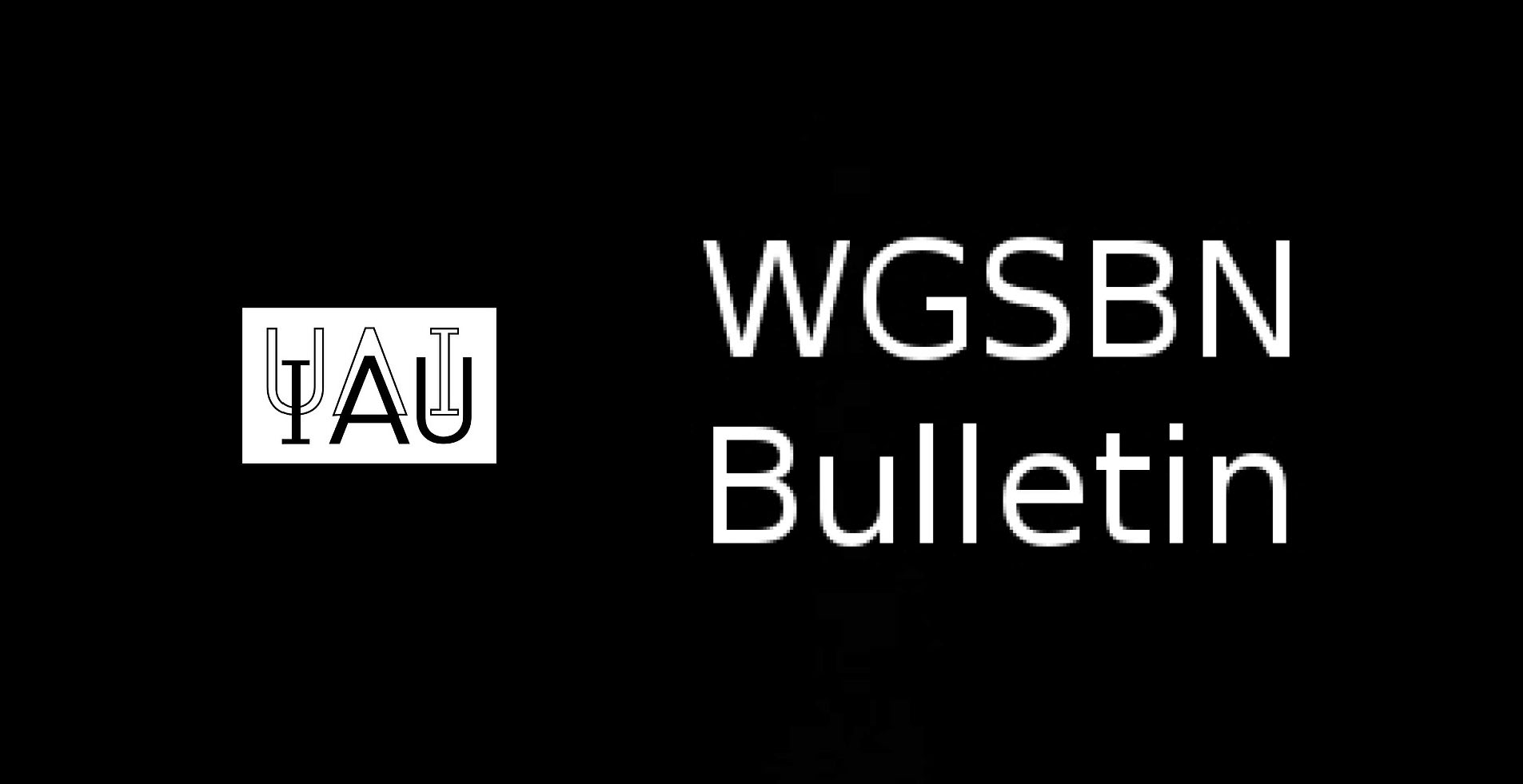- News
- Science
- Scientific Bodies
- Divisions
- Commissions
- Commission A1 Structure
- Commission A2 Structure
- Commission A3 Structure
- Commission A4 Structure
- Commission B1 Structure
- Commission B2 Structure
- Commission B3 Structure
- Commission B4 Structure
- Commission B5 Structure
- Commission B6 Structure
- Commission B7 Structure
- Commission C1 Structure
- Commission C2 Structure
- Commission C3 Structure
- Commission C4 Structure
- Commission C5 Structure
- Commission D1 Structure
- Commission E1 Structure
- Commission E2 Structure
- Commission E3 Structure
- Commission E4 Structure
- Commission F1 Structure
- Commission F2 Structure
- Commission F3 Structure
- Commission F4 Structure
- Commission G1 Structure
- Commission G2 Structure
- Commission G3 Structure
- Commission G4 Structure
- Commission G5 Structure
- Commission H1 Structure
- Commission H2 Structure
- Commission H3 Structure
- Commission H4 Structure
- Commission J1 Structure
- Commission J2 Structure
- Commission J3 Structure
- Commission X1 Structure
- Commission X2 Structure
- Past Commission Organising Committees
- Working Groups
- Centres
- Scientific Meetings
- Rules & Guidelines
- General Assemblies
- Meeting Proposals
- Future IAU Meetings
- General Assemblies
- EC Meetings
- Officers' Meetings
- Regional Meetings
- Symposia
- Focus Meetings
- Institutional Meetings
- IAU Offices Meetings
- IAU-Sponsored Meetings
- Letters of Intent submitted for 2024
- Letters of Intent submitted for 2023
- Letters of Intent submitted for 2022
- Letters of Intent submitted for 2021
- Letters of Intent submitted for 2020
- Past IAU Meetings
- Templates
- Other Meetings
- Grants & Prizes
- Scientific Bodies
- Publications
- IAU Publications
- IAU Strategic Plan
- Symposia
- WGSBN Bulletins
- Regional Meetings
- Information Bulletins/Catalyst
- E-Newsletters
- Focus Meetings
- Transactions A
- Transactions B
- Related Publications
- GA Newspapers
- CAPjournal
- IAU Books
- Brochures
- IAU Offices
- WG Reports
- Commission Reports
- Division Reports
- Past IAU Publications
- Rules, Guidelines and Instructions for Proceedings
- Publishers
- IAU Publications
- Administration
- About the IAU
- Statutes & Rules
- IAU Policies
- IAU Executive Bodies
- IAU Secretariat
- Resolutions
- Members Administration
- Administrative Dates & Deadlines
- International Organisations Relations
- Donate to the IAU
- Training in Astronomy
- Astronomy for Education
- Astronomy for Development
- Astronomy for the Public
- Office for Astronomy Outreach
- FAQ
- Themes
- Satellite Constellations
- Astronomy in Everyday Life
- How to Report a Discovery
- Careers in Astronomy
- Defining our Place in the Cosmos
- The Constellations
- Light Pollution
- Measuring the Universe
- Near Earth Objects
- How to Participate in Astronomy Research
- Naming of Astronomical Objects
- Naming of Exoplanets
- Buying Star Names
- Naming Stars
- Pluto and the Solar System
- IAU Member Statistics
- Our Moon: the Moon
- Meteors & Meteorites: The IAU Definitions of Meteor Terms
- UNESCO-IAU Portal to the Heritage of Astronomy
- Social Media
- Past Events
- Call for Online Resources
- Astronomy@Home Awards
- Contact
Robert W. Hobbs
United States
1938-2013
Obituary:
Robert Wesley “Bob” Hobbs was born January 18, 1938 in Chester, West Virginia and passed away January 11, 2013 at his home in North Beach, Maryland. He graduated from Chester High School, received a bachelor’s degree in physics at Case institute of Technology in 1960 and a PhD in Astronomy at the University of Michigan in 1964. Early in his career he displayed an interest in research in radio astronomy. While at Case he spent time at National Radio Astronomy Observatory using the 85-foot telescope to study the HII region M17 at a wavelength of 3.75 cm under the guidance of Frank Drake. In graduate school at the University of Michigan, Ann Arbor, he co-authored papers on radio source polarization with his advisor, Fred Haddock. His PhD thesis, based on his interest on this topic was “The Polarization of Radio Sources at 3.75 Centimeter Wavelength.”
Bob was a pioneer in the studies of the cm-mm radio emission and polarization of solar system, galactic and extragalactic sources in the period 1960-1990. In the late sixties and seventies, studies of radio sources at wavelengths as short as 1 cm were in in the exploratory phase. For example, the 140 Foot Telescope at Green Bank was completed in 1965.
He assumed a position at the Naval Research Laboratory after getting his PhD in 1964 to follow his interest in radio astronomy. Jim Hollinger, who received his PhD from UVA, was also recruited at about the same time. Their common scientific research interest was the variability and polarization of galactic and extragalactic radio sources, QSOs, using the newly acquired 85-foot telescope at Maryland Point, NRAO’s 140 Foot Telescope and the Navy’s 150-foot Sugar Grove antenna. In 1967 Bob, as head of the cm/mm-wave radio Astronomy section in the Radio Astronomy Branch at NRL, made early observations of the flux density and polarization of galactic and extragalactic radio sources in the wavelength range spanning 3.75 - 0.33 centimeters. He was one of the first to observe at 4.3 mm wavelength using the Kitt Peak telescope in the late sixties using receivers fabricated at NRL.
One of us, KJ is grateful for Bob’s help in his early career at NRL. Bob was very generous in encouraging him to study HII regions which was the topic of his NRC Postdoc fellowship. Bob gave KJ, then a summer student, the opportunity to explore HII Regions with state-of-the-art instrumentation from project inception through observations, analysis, and publication. Bob encouraged the other summer students to pursue radio astronomy careers, making them co-authors of refereed papers based on observations they participated in at Maryland Point Observatory. KJ spent many hours observing with Bob and remembers many helpful conversations about the astrophysics of radio sources.
He left NRL in 1969 to join NASA Goddard Space Flight Center as a member of the Advanced Systems & Ground Observations Branch in the Laboratory for Astronomy & Solar Physics (LASP) and became Branch Head in 1976. There he was a welcome participant in multiple projects that made use of his expertise in electronics and instrumentation, besides continuing his research on radio sources at cm and mm wavelengths. He made radio observations of solar flares and active regions and led a GSFC effort to complete and put into operation a visible-light solar flare spectrophotometer at Sacramento Peak Observatory. The latter entailed his living in a trailer on the Peak for one year, during which time he had the novel experience of a bear breaking into and trashing the trailer (fortunately when Bob was away). He managed the installation and test of a set of co-mounted telescopic SEC vidicon cameras for multi-band imaging photometry of the solar corona during total eclipses. Afterwards he participated in testing and observations of stellar and cometary observations with the GSFC SEC vidicon system at Kitt Peak, including studies of chromospheric lines in late-type stars with the McMath Solar Telescope (now called McMath-Pierce Solar Telescope) at KPNO.
In cometary work, an important focus of work at LASP, Bob helped develop the Joint Observatory for Cometary Research atop South Baldy near Socorro, New Mexico in preparation for the 1986 return of Comet Halley, helped manage NASA’s “Operation Kohoutek” and conducted radio interferometric observations in search of that comet’s icy-grain halo. This inspired him to later develop a proposal for a mm-wave radiometer to study a comet nucleus from a space probe, drawing on GSFC’s capabilities in both comet science and remote sensing of Antarctic and other terrestrial ice fields. In Bob’s further adventures along the electromagnetic spectrum at GSFC, he also worked on ultraviolet observations with the IUE satellite and on the analysis of infrared measurements of Mira variables with data from U.S. Air Force infrared satellites, prior to the launch of the first infrared astronomy satellite.
Bob left NASA for a management role in a commercial proposal for a new US air traffic control system and retired in 1992 at age 55 to pursue interests in gardening, key board and organ instruments and community activities in North Beach, Maryland. He was a life member of the Organ Historical Society and was the organist at the Friendship United Methodist Church in North Beach from 1982-2009.
Contributed by Kenneth Johnston and Stephen Maran
Past affiliation(s) within the IAU
- Past Member of Division B Facilities, Technologies and Data Science
- Past Member of Division H Interstellar Matter and Local Universe
- Past Member of Commission 33 Structure & Dynamics of the Galactic System (until 2013)
- Past Member of Commission 40 Radio Astronomy (until 2013)
- Past Member of Division VII Galactic System (until 2012)
- Past Member of Division X Radio Astronomy (until 2012)
Search individual members

















